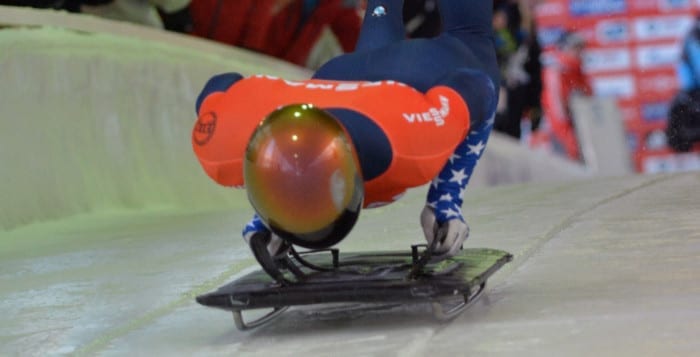They often refuse to stop, go away, or even shut down for long. That’s what makes them such powerful killers. Cancer has an ability to work around temporary solutions doctors and scientists discover, going with backup plans to take over cells and damage organs, systems and endanger lives.
Looking specifically to alter a group of receptors, which are like docking stations for cellular signals, Sabine Brouxhon, clinical associate professor of emergency medicine at Stony Brook, has found an antibody that doesn’t just knock out one route for the development and spread of cancer, but may disable several such options. At the same time, her approach causes cancer cells to die.
The antibody she’s working with targets a specific protein, called a shed protein, in the area around a tumor. The antibody causes growth factor receptors to become internalized in a cell, where they get degraded. “We have an antibody-based therapy that downregulates” these receptors, said Brouxhon.
The receptors she’s targeting are the ones that have become the site of several treatments approved by the Food and Drug Administration and are involved in breast cancer, colorectal cancer, pancreatic cancer and skin cancer.
Four of the receptors are called human epidermal growth factor receptor and are abbreviated HER1 through 4. Her antibody also works to downregulate another receptor tyrosine kinase called the insulin-like growth factor receptor.
With some of the treatments that knock out one specific HER receptor, cancers sometimes develop resistance to that therapy, using another receptor to continue in its destructive path.
“Since her therapy down-regulates many of the resistance pathways used by cancer cells, this treatment could be useful [with] certain drug resistant cancers,” said Sean Boykevisch, senior licensing associate in the Office of Technology Licensing and Industry Relations.
By attaching to this shed protein, the antibody has become effective at killing cancer in lab dishes and in preclinical mouse models of some human diseases.
The next step for Brouxhon is converting the antibody into a version that will work for humans. She estimates the timetable for this process at about two years.
Brouxhon has presented her promising results to several possible funding partners, including venture capital firms and pharmaceutical companies. Once she creates a human form of the antibody, Brouxhon will look for a specific group or patients for whom this treatment might be effective.
“We need to find that patient population that is amenable to this treatment,” she said. A possibility, she added, is a population of patients who develop resistance to cancer treatment.
Brouxhon has been at Stony Brook for five years. Previously, she had worked at the University of Rochester. She believes the support she received at Stony Brook has enabled her to advance her research. “There’s a lot of interest” in her research and she “couldn’t ask to be so lucky,” she said.
Some of Brouxhon’s colleagues praised her work and her approach. She is “charting new ground with her recent discoveries,” said Boykevisch, whose office is working with her to find a partner to take this innovation to the marketplace. She said her pursuit of a treatment for cancers is professional and personal. Her grandfather died of pancreatic cancer and that “hit home” with her.
When she was growing up, Brouxhon traveled all over the world with her family, living in New Guinea, Belgium, Australia, South Africa and Brazil, as her father worked for the United Nations and as an independent consultant. She used to hate all of the travel, but when she grew up, she realized her father “gave me a lot. I got to see a lot of different cultures. That made me stronger.”
Brouxhon and her husband, Stephanos Kyrkanides, the chair of the Department of Orthodontics and Pediatric Dentistry at Stony Brook, live in East Setauket with their 15-year-old son, James, and their 12-year-old daughter, Nicole.
They met in Rochester when she was working for Dave Felten and Kyrkanides was working for Felten’s wife, Susan. Kyrkanides had asked Brouxhon for help with an experiment.
Brouxhon puts many hours into her work. Boykevisch described her as “one of the most driven people I know.
As a scientist and medical doctor, she is eager to see her discoveries help the lives of those afflicted with cancer.”
The work “requires a lot of time,” she said. “I really want to see this go forward.”







